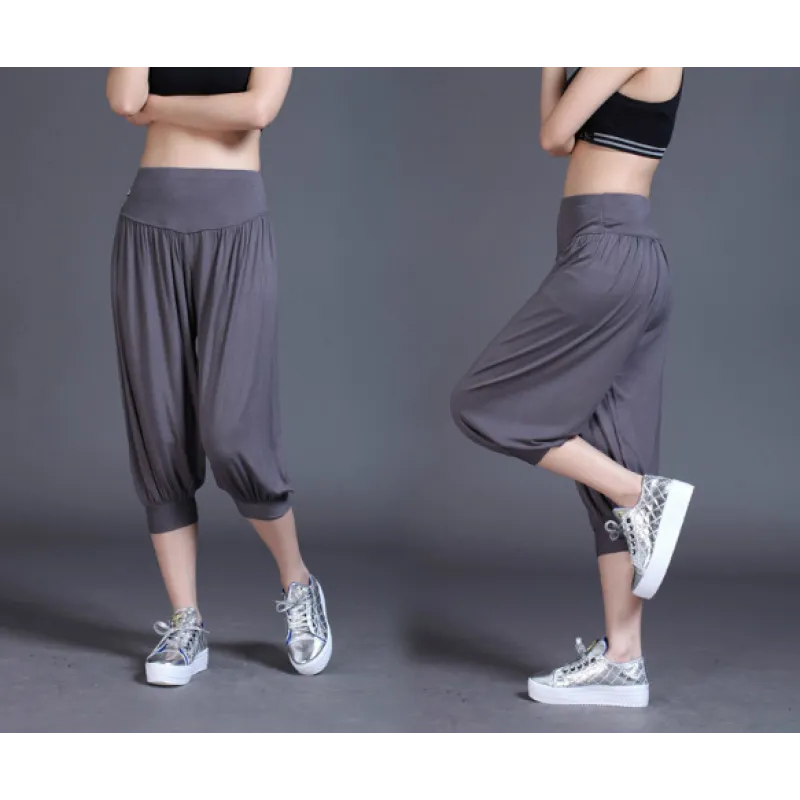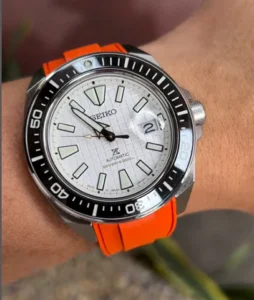The Rise and Reign of Yoga Pants: Fashion, Functionality, and Cultural Shift
In the early 2000s, yoga pants were worn almost exclusively in yoga studios and gyms. Fast forward to today, and they are now one of the most ubiquitous clothing items in casual wear. What began as a functional garment for fitness enthusiasts has evolved into a fashion essential embraced by people from all walks of life. Yoga pants are now worn not just for exercise, but for errands, coffee runs, lounging, and even in some professional settings. But what makes yoga pants so appealing, and how did they rise to such prominence?
The Origin of Yoga Pants
Yoga pants were initially designed for the purpose their name suggests: yoga. As yoga gained popularity in the Western world, especially in the late 1990s and early 2000s, clothing manufacturers saw a growing demand for comfortable, stretchy, and breathable workout wear. Traditional gym clothes, often made from heavier, less flexible fabrics, did not cater to the unique requirements of yoga practice, which involves a wide range of motion, stretching, and stillness.
Lululemon Athletica, founded in 1998, was one of the first brands to capitalize on this need. The brand revolutionized activewear by introducing stylish, form-fitting yoga pants made from technical fabrics like Luon—a blend of nylon and Lycra designed to wick moisture and provide support. The pants were functional, flattering, and fashionable, paving the way for what would become a global trend.
The Comfort Revolution
One of the biggest reasons for the widespread adoption of yoga pants is comfort. They offer a fit that’s snug but not restrictive, providing both support and freedom of movement. This comfort has made them a favorite not just among athletes and yogis, but among people in every demographic. Whether you’re sitting at a desk, walking the dog, or catching a flight, yoga pants provide unparalleled ease and flexibility.
The rise of remote work and changing attitudes toward workwear, especially post-pandemic, further accelerated the popularity of yoga pants. With more people spending time at home, the demand for comfortable, multi-purpose clothing skyrocketed. Yoga pants transitioned from activewear to loungewear and eventually to day-to-day attire for millions.
Style Meets Function
While yoga pants were initially created for utility, they have evolved significantly in terms of style. Today’s yoga pants come in a variety of cuts, colors, and styles—high-waisted, flared, cropped, pocketed, ribbed, and even faux leather options are widely available. This diversity allows wearers to express their personal style while enjoying the comfort of athletic wear.
In addition, advances in fabric technology have improved the look and feel of yoga pants. Many brands now offer options that are breathable, sweat-resistant, and even antimicrobial. The blending of performance fabrics with stylish silhouettes has made yoga pants a viable option for more than just workouts.
Cultural Acceptance and Controversy
The widespread acceptance of yoga pants also reflects broader cultural shifts. There is now greater emphasis on wellness, body positivity, and functional fashion. The line between athletic wear and streetwear has blurred, creating a new category known as “athleisure.” Yoga pants are a defining piece in this movement.
However, the popularity of yoga pants has not come without its share of controversy. Critics have debated their appropriateness in certain settings, such as schools, offices, and religious institutions. There have been discussions about modesty, body image, and even sexism, with some arguing that the scrutiny of yoga pants says more about societal attitudes than the garment itself.
Despite these debates, yoga pants continue to grow in popularity. Celebrities, influencers, and fashion icons have helped normalize them as everyday attire, showing how they can be dressed up or down depending on the occasion.
The Future of Yoga Pants
As the fashion world becomes more inclusive and versatile, the role of yoga pants is likely to expand further. Sustainability is also becoming a key factor in the activewear industry. Many brands now use recycled materials and ethical production methods, catering to a more eco-conscious consumer base.
Innovation in smart textiles may also lead to yoga pants with embedded sensors that monitor movement, posture, and even stress levels—blurring the line between clothing and technology.
Conclusion
Yoga pants have transcended their original purpose to become a cultural and fashion phenomenon. Their success lies in their unique combination of comfort, style, and functionality, which appeals to a broad spectrum of wearers. From yoga studios to office spaces, they have proven to be more than just a trend—they are a reflection of the evolving lifestyle and values of the modern individual.














1 comment